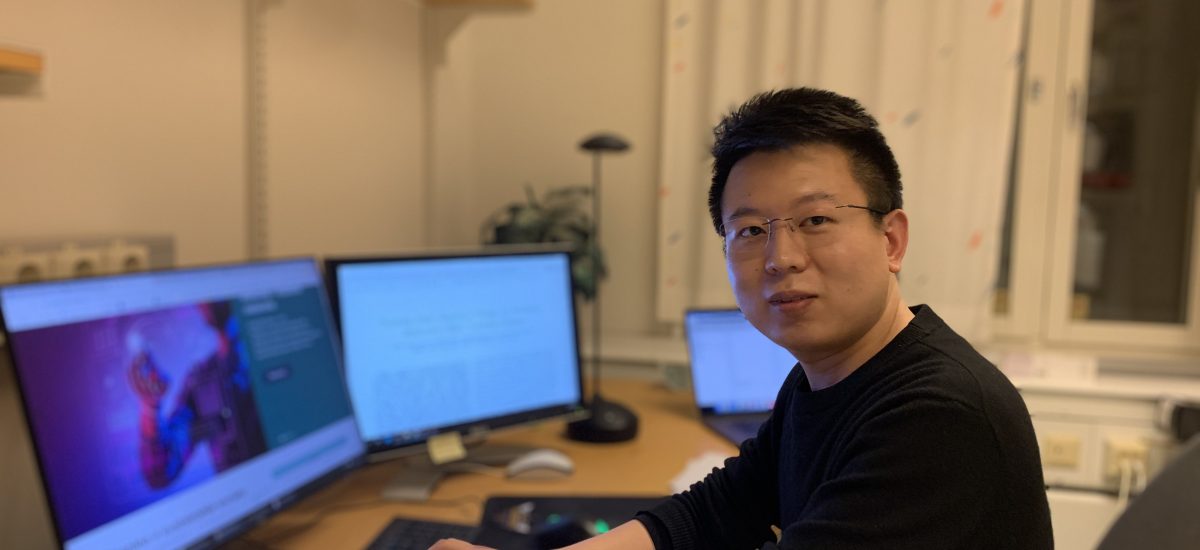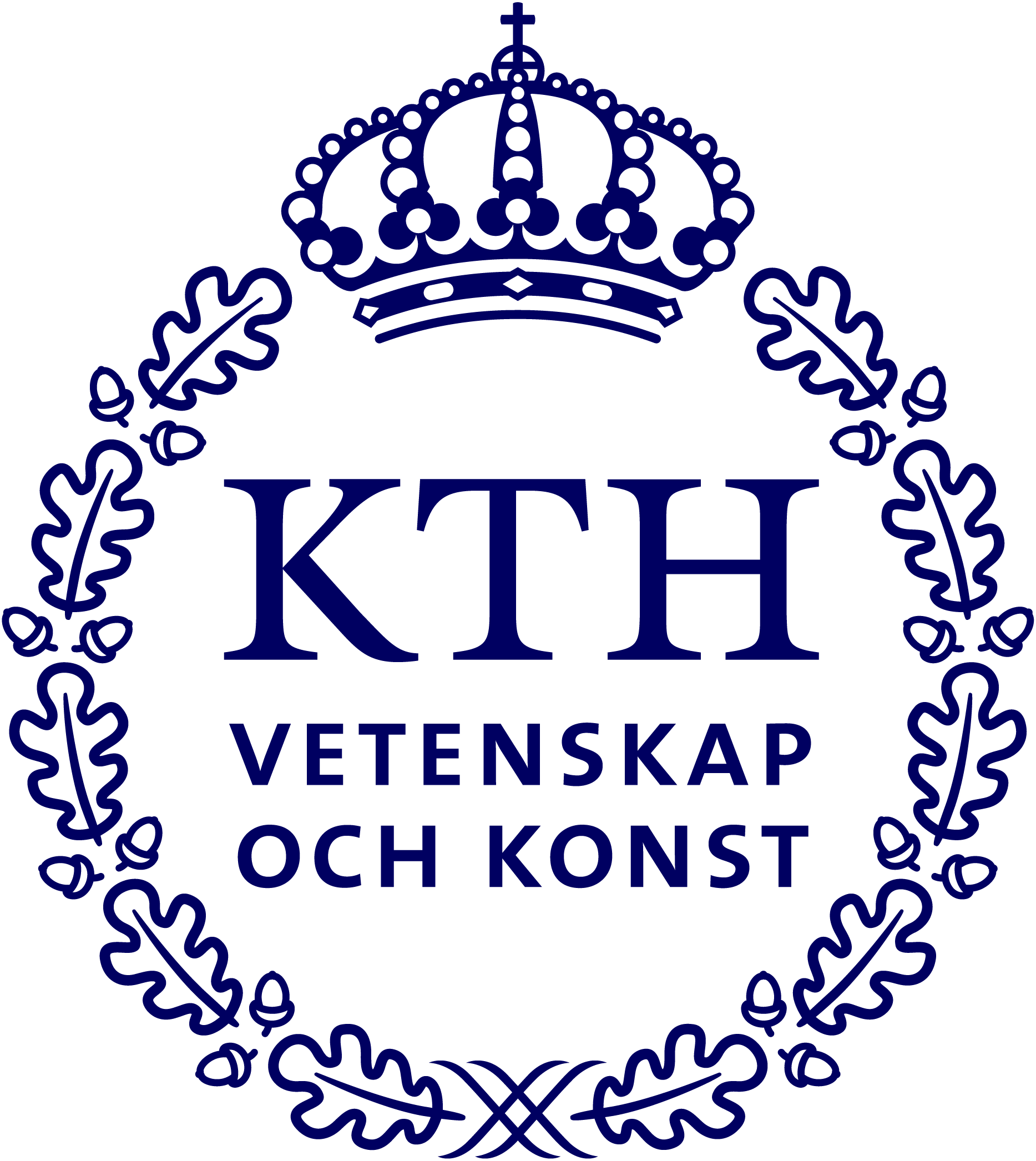
Millimeter-wave communications have received remarkable attention from academia and industry, says postdoc fellow Deyou Zhang
Deyou Zhang is a Digital Futures Postdoc at the School of Electrical Engineering and Computer Science of KTH, supervised by Dr Ming Xiao, Prof. Lihui Wang, and Dr Zhibo Pang. Before joining KTH, he obtained his PhD degree at the University of Sydney, Australia. His research interests include millimetre-wave communications, intelligent reflecting surfaces, and wireless federated learning.
Hi Deyou, describe your role as a postdoc at Digital Futures and why you applied for this fellowship mobility program?
– I am working as a researcher at the Division of Information Science and Engineering. Specifically, I am working on improving the beam tracking performance for mobile millimeter-wave communications using machine learning and designing over-the-air computation-based federated learning by exploring the superposition property of wireless multiple-access channels. Moreover, I also work on high-accuracy indoor positioning using machine learning and intelligent reflecting surface.In regards to why I applied for the Digital Futures Postdoc Fellowship, I think the first reason is its fantastic freedom in choosing the research topics. You are not locked into a specific research project and can freely select the topics that you are interested in. Additionally, the opportunity of being able to work with world-class researchers – for example my supervisors – also appeals to me. Last but not least, Stockholm is a cosy and slow-paced city and life here makes me feel relaxed.
The title of your postdoc project is Intelligent wireless communications and high-accuracy positioning systems – tell us a bit about it? Why is this research important?
– It indeed consists of two sub-projects. Firstly, driven by the ever-increasing mobile data traffic, 5G is envisioned as a key enabler and a leading infrastructure provider in the ICT industry by supporting a variety of forthcoming services with diverse requirements. Considering the more and more complicated network and the emergence of novel use cases, such as autonomous cars, industrial automation, virtual reality, e-health, etc., AI is expected to be essential to assist in making the 5G and future 6G version conceivable.Regarding high-accuracy localization, it is envisioned as one of the key components of the forthcoming 5G systems. Indeed, the availability of accurate real-time location information of mobile terminals will play a critical role in almost all use cases of the 5G-and-beyond networks.
Have you already had some results from your work? How could this result be used?
– As the most promising technology in achieving 10 Gbs peak data rates, which is one of eight KPIs of the 5G network, millimeter-wave communications have received remarkable attention from academia and industry. To develop an efficient beam tracking algorithm for mobile millimeter-wave communications without relying on the a priori knowledge of the channel dynamics, we have proposed to apply machine learning. Our proposed machine learning-based beam tracking algorithms can automatically extract useful information from training history and therefore perform better than baseline algorithms.
We have submitted our research to the IEEE Transactions on Wireless Communications and IEEE Journal of Selected Topics in Signal Processing, and parts of our research have been published online.Regarding localization, we have published a paper in the IEEE Transactions on Vehicular Technology. In this paper, we show that by leveraging an intelligent reflecting surface and adjusting its units properly, submeter-level localization accuracy can be achieved.
Your research interests include millimetre-wave communications, intelligent reflecting surfaces, and wireless federated learning – why did you decide to focus on these topics?
– These indeed are all hot topics in wireless communications. Thanks to the large available bandwidth, millimeter-wave communications have been widely considered the most promising technology to achieve 10 Gbs peak data rates, which is one of the eight KPIs of the 5G network.
In regards to the intelligent reflecting surface, it is envisioned as a revolutionary technology to engineer radio signal propagation in wireless networks. By smartly tuning its large number of low-cost reflecting elements, IRS is capable of dynamically altering wireless channels to achieve sustainable capacity growth.
Before introducing wireless federated learning, I first would like to mention that conventional machine learning is conducted in a centralized manner. However, the massive volume of generated wireless data, the privacy concerns, and the increasing computing capabilities of wireless edge devices have led to the emergence of wireless federated learning, imposing new challenges on the wireless network design.
Finally, tell us a little bit about yourself!
– I reached Stockholm on Christmas Eve, 2020, and have been here for more than a year. During this period, I have stepped into several new areas with the encouragement and help from my supervisors and colleagues, greatly broadening my horizons. In addition to my progress in research, I also have met a lot of interesting people in daily life. Their companionship helps me relieve the pressure from work and adapt to life in Stockholm more easily.
Watch the recorded presentation from Deyou Zhang’s talk about Training Beam Sequence Design for Millimeter Wave Tracking Systems


